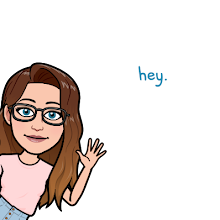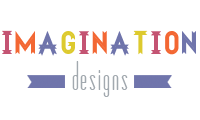Another Jar of Tiny Stars
Edited by Bernice E. Cullinan & Deborah Wooten
Bibliography:
Cullinan, Bernice E. & Wooten, Deborah. Another Jar of Tiny Stars. Pennsylvania: Boyds Mills Press, 2009. Print.
Poetic Elements: The poetic elements vary a great deal within this text as there are many different poets that contribute to the final product. It is clear that their styles are different. David McCord, for instance, obviously puts a lot of time and effort into making sure that he has a solid rhyme scheme in his poetry, even if it might cause them to not always make sense. Aileen Fisher writes a lot of her poetry in the same format, having separate stanzas that are aligned to the left and have few variations in line length. It is these things that make each poem and poet interesting, and something that will keep the reader intrigued as they continue to read through the text.
Appeal: It seems likely that this text will appeal to young adults as the poems are selected by other children. Children often do well when they can connect and relate to other people their own age, and it seems likely that this will happen as they read through the poems. They will know that other children selected those poems for them to read, and there is something empowering about that mindset as you read through the text. Many of the poems are very light-hearted and entertaining, several of them being quite amusing as well. This is the kind of text students will pick up when they want a fun read, and not necessarily when they are looking for something that will bring out an abundance of emotions.
Overall Quality: Overall quality is something that was difficult to determine as I was reading through the book. Some of the poems were wonderfully done and entertaining, while others caused me to pass through them without giving them much thought. A lot of this seemed to do with the topics of the poems and the writing style, as those things can be so different when it comes to poetry. It does seem likely that students will be able to find something that they enjoy throughout the book, even if they decide that they do not like one or more of the poets. None of the writing is bad, and all of the poems are certainly cute, which makes sense as they were selected by children. Overall, the book is very well put-together and adequate for young readers.
The Poets: One of the most interesting things about this book is the fact that the poems are selected by children, for children. There are a total of fifteen poets featured in the book, and they are all known to write poetry for children and young adults. More than that, these poems are specific ones that children have already read and enjoyed, and they believe that other children will enjoy them as well. The list of poets vary from those that are very well known, like Nikki Grimes, to ones that I have certainly not heard of, such as X.J. Kennedy. Featuring different poets can be beneficial as it allows students to see different styles and topics, giving them the opportunity to determine what kind of poetry they prefer and may read in the future.
Layout: The organization of this book is good, especially for young adults who are beginning to learn about using text features to get the most out of a text. The book begins with a table of contents that includes the poets, their specific poems, and the page numbers on which they can be found. For each poet's section or chapter, there is an introductory page with a picture of the author and a quote, giving readers the ability to get a little more insight into the poet's views and attitudes. Each poet has their own chapter that holds their selected poems. Each page is labeled with the poem title as well as the poet's name so that it is easy for the reader to know who the poet is if they are simply flipping through pages and not reading in order. The layout of the actual poems varies from poet to poet and page to page. Some have two columns in order to fit the poem on one page, and there are a few pages that hold more than one poem.
Spotlight Poem:
"Out in the Dark and Daylight" - Aileen Fisher
Out in the dark and daylight,
under a cloud or tree,
Out in the park and play light,
out where the wind blows free,
Out in the March and May light
with shadows and stars to see,
Out in the dark and daylight . . .
that's where I like to be.
There are so many wonderful things to focus on with this poem, especially when it comes to the seventh grade poetry TEKS (which I teach), that I would probably choose to use this poem as a weekly warm-up activity and focus on a different skill each day. It would be easy to discuss figurative language with alliteration and oxymorons, repetition is certainly there and students could discuss why the poet would do this, and then they could also focus attention on the rhyme scheme and how it affects the way it is read.





















